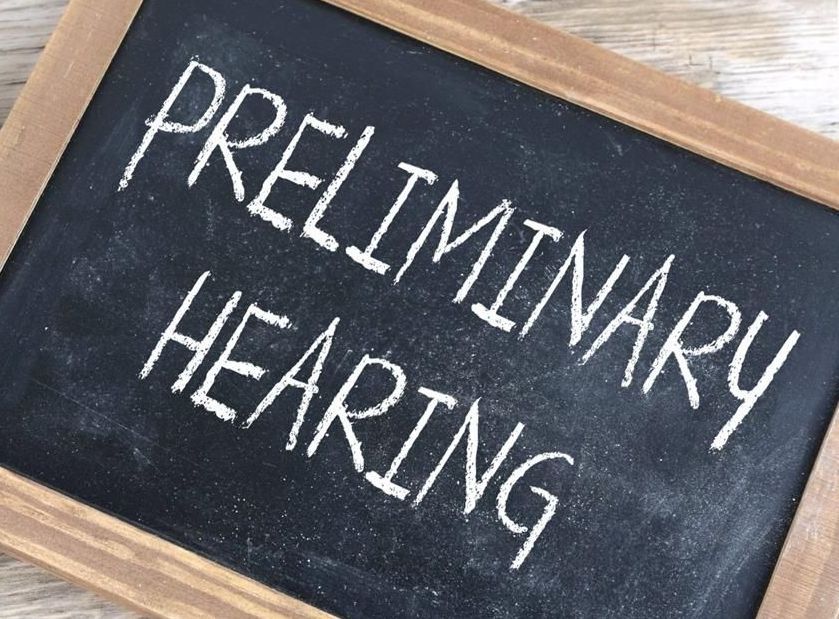3 things you need to know about preliminary hearings in employment tribunals
Marjon Law, specialist employment lawyers is owner-led by
Marc Jones, who is ranked and recommended in legal publications as a
leading employment law solicitor, with over 20 years of experience
practising solely in employment law.
3 things you need to know about preliminary hearings in employment tribunals

If you have commenced an employment tribunal claim against your employer or former employer and are a litigant-in-person you may have received a notice from the tribunal for a preliminary hearing. This can feel overwhelming.
As part of the employment tribunal claim, you are called the Claimant, and your employer or ex-employer defending the claim is called the Respondent.
(1) What is a preliminary hearing?
There are two types of preliminary hearing:
- case management
- preliminary issue.
A case management at preliminary hearing is normally listed in most cases. The purpose is to agree on directions for the disposal of the case and further agree on a list of issues that the tribunal will need to determine at a final hearing.
A preliminary hearing is listed to determine a preliminary issue and could be for several reasons, for example:
- if you are disabled within the meaning of section 6 of the Equality Act 2010
- an application to amend a claim
- an application for a deposit order disputing the prospects of success of a claim or response
- an application for a strike out of a claim or response.
(2) What do you need to prepare for a preliminary hearing?
For case management at preliminary hearing, you will need to:
- prepare an a case management agenda with your proposed directions and list of issues, which you should try and agree with the Respondent
- send the completed agenda to the tribunal 7 days before the preliminary hearing
- in some instances you will need to send a hearing bundle to the tribunal, which should include the Acas early conciliation certificate, your claim form and the Respondent’s response form.
The employment tribunal will send an a case management agenda template.
For other preliminary hearing, this will depend on the issue to be determined. For example, if this is to prove that you are disabled within the meaning of section 6 of the Equality Act 2010, a hearing bundle will need to be provided that includes, a disability impact statement and medical evidence.
If in doubt, expert advice should be sought for the particular issue to be determined.
(3) Do you need legal representation?
In short no, tribunals were originally designed for litigants-in-person and you can represent yourself at a preliminary hearing. The employment judge at the preliminary hearing should help you within reason on matters that you are unsure of, as s/he must give effect to the overriding objective of the Employment Tribunals Rules of Procedure by ensuring that the parties where reasonably practicable are on an equal footing.
Over time, employment law has become more complicated – especially where a claim deals with unlawful discrimination and legal representation should ideally be sought from specialist employment lawyers.
Comment
If you are a litigant-in-person in an employment tribunal claim this can be scary, especially where the Respondent is represented by solicitors. You may feel out of your depth and in need of support. Marjon Law is here to help.
Contact us today ...
Blog Feed
Our blogs do not constitute legal or other professional advice.
Appropriate legal advice should be sought for specific circumstances and before action is taken.




